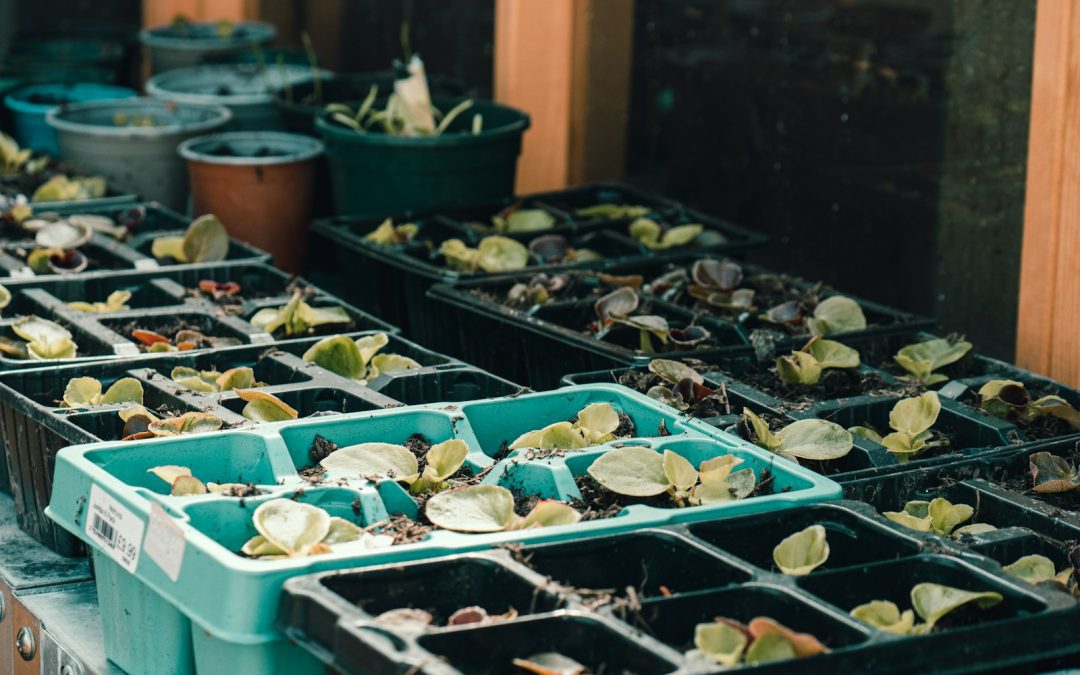Contents
- 1 Indoor Composting Guide: How to Start Composting in Your Kitchen
- 1.1 Why Try Indoor Composting?
- 1.2 What You Can Compost Indoors
- 1.3 Choosing the Right Indoor Composting Method
- 1.4 Setting Up Your Indoor Compost Bin
- 1.5 Tips for Odor-Free Composting
- 1.6 How Long Does Indoor Composting Take?
- 1.7 What to Do With Your Finished Compost
- 1.8 Outbound Resource
- 1.9 Final Thoughts
Indoor Composting Guide: How to Start Composting in Your Kitchen
Composting doesn’t have to be messy or limited to large backyards. If you’re tight on space but want to reduce food waste and nourish your indoor or balcony plants, indoor composting is the answer. With a few basic tools and the right method, you can easily transform kitchen scraps into nutrient-rich compost right from your flat or home kitchen.
This indoor composting guide walks you through how to do it properly, odor-free, and without bugs—no garden required.
Why Try Indoor Composting?
- Reduce food waste: Transform scraps into soil instead of landfill.
- Save money: Create your own compost instead of buying.
- Support indoor gardening: Perfect for houseplants, herbs, or balcony gardens.
- Eco-friendly: Cuts down on methane emissions and supports sustainable living.
What You Can Compost Indoors
Green Materials (Nitrogen-Rich)
- Fruit and veg scraps (apple cores, banana peels, spinach stems)
- Coffee grounds and filters
- Tea bags (check for plastic-free)
- Plant trimmings
Brown Materials (Carbon-Rich)
- Shredded newspaper
- Cardboard (egg cartons, cereal boxes)
- Dried leaves
- Paper towels (unbleached)
Avoid: Dairy, meat, oily food, and anything treated with chemicals.
Choosing the Right Indoor Composting Method
1. Bokashi Composting
- Uses an airtight bucket and EM (effective microorganisms).
- Ferments food waste quickly and odor-free.
- Works well in small kitchens.
2. Vermicomposting (Worm Bins)
- Involves red wiggler worms in a ventilated bin.
- Great for fast breakdown and rich compost.
- Fun and educational, especially for kids.
3. Electric Countertop Composters
- Machines that dehydrate and grind waste into soil-like matter.
- Ideal for minimal-effort composting.
Recommended Product:
This compact, filtered compost bin is perfect for kitchen counters and reduces odors during daily use.
Setting Up Your Indoor Compost Bin
- Choose a bin with a lid and airflow or use a composting method (like Bokashi).
- Add bedding: Start with shredded paper or cardboard.
- Layer waste: Alternate green and brown materials.
- Moisture check: Compost should feel like a wrung-out sponge.
- Stir or rotate: Once a week to aerate unless you’re using Bokashi.
Tips for Odor-Free Composting
- Keep a good green-to-brown ratio (1:2).
- Chop food waste into small pieces to speed decomposition.
- Avoid adding too much citrus or onion, which can throw off pH.
- Use charcoal or baking soda filters to minimize smell.
How Long Does Indoor Composting Take?
- Bokashi: 2 weeks of fermentation + 2–4 weeks to bury or cure.
- Worm bins: 1–2 months depending on temperature and volume.
- Electric units: Ready in hours to a few days.
What to Do With Your Finished Compost
Once your compost is ready, it’s a powerful fertilizer for:
- Indoor plants and herbs
- Container vegetables
- Garden beds or potted flowers
Mix a small amount into soil to boost organic content and moisture retention.
Outbound Resource
Want to dig deeper into composting science? Read this guide from RHS on the Royal Horticultural Society website.
Final Thoughts
Indoor composting is a smart, sustainable habit that fits perfectly into modern home life. With the right setup and a little care, you’ll reduce waste, feed your plants, and feel more connected to nature—all without leaving your kitchen.
Start composting indoors today and turn your scraps into green gold!

